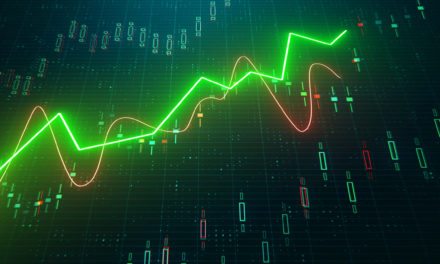
“Someone’s sitting in the shade today because someone planted a tree a long time ago.”
— Warren Buffett
The investment philosophy practiced by Warren Buffett calls for investors to take a long-term horizon when making an investment, such as a twenty year holding period (or even longer), and reconsider making the investment in the first place if unable to envision holding the stock for at least five years. Today, we look at how such a long-term strategy would have done for investors in Goldman Sachs Group Inc (the (NYSE: GS) back in 1999, holding through to today.
| Start date: | 10/11/1999 |
|
|||
| End date: | 10/09/2019 | ||||
| Start price/share: | $63.69 | ||||
| End price/share: | $196.85 | ||||
| Starting shares: | 157.02 | ||||
| Ending shares: | 195.22 | ||||
| Dividends reinvested/share: | $33.01 | ||||
| Total return: | 284.30% | ||||
| Average annual return: | 6.96% | ||||
| Starting investment: | $10,000.00 | ||||
| Ending investment: | $38,429.79 | ||||
The above analysis shows the twenty year investment result worked out well, with an annualized rate of return of 6.96%. This would have turned a $10K investment made 20 years ago into $38,429.79 today (as of 10/09/2019). On a total return basis, that’s a result of 284.30% (something to think about: how might GS shares perform over the next 20 years?). [These numbers were computed with the Dividend Channel DRIP Returns Calculator.]
Many investors out there refuse to own any stock that lacks a dividend; in the case of Goldman Sachs Group Inc (the, investors have received $33.01/share in dividends these past 20 years examined in the exercise above. This means total return was driven not just by share price, but also by the dividends received (and what the investor did with those dividends). For this exercise, what we’ve done with the dividends is to assume they are reinvestted — i.e. used to purchase additional shares (the calculations use closing price on ex-date).
Based upon the most recent annualized dividend rate of 5/share, we calculate that GS has a current yield of approximately 2.54%. Another interesting datapoint we can examine is ‘yield on cost’ — in other words, we can express the current annualized dividend of 5 against the original $63.69/share purchase price. This works out to a yield on cost of 3.99%.
More investment wisdom to ponder:
“The best stock to buy is the one you already own.” — Peter Lynch




